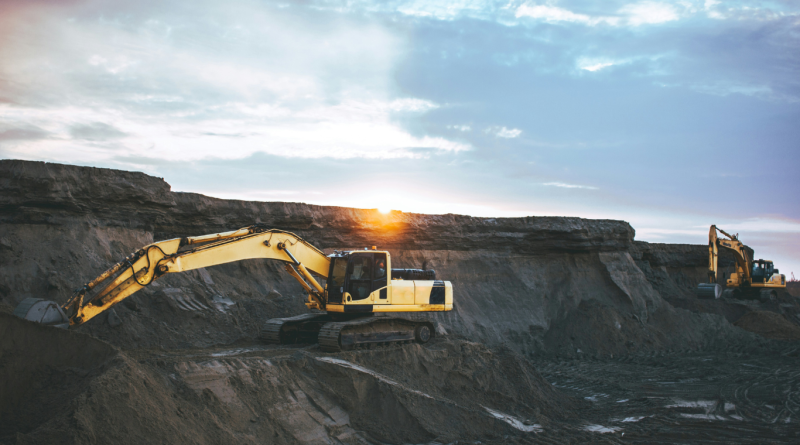Top 6 Groundbreaking Innovations Shaping the Future of the Mining Industry
The mining industry is undergoing a profound transformation driven by technological advancements. These innovations aim to boost productivity, improve safety, and promote sustainability in an industry long associated with heavy machinery and intensive labor.
Here are six key technologies shaping the future of mining in 2024.
1. Autonomous Mining Equipment
Autonomous vehicles are revolutionizing how mining operations are conducted. Mining giants such as Rio Tinto and BHP have embraced the use of self-driving trucks, drilling rigs, and excavators to increase productivity and operational efficiency. By enabling equipment to operate 24/7, these technologies help reduce human error and minimize downtime, leading to significant cost savings.
For instance, Rio Tinto’s Mine of the Future program uses autonomous haul trucks, which operate without direct human control and have reduced operational costs by up to 15%. Additionally, these vehicles contribute to safer work environments by removing workers from hazardous zones, reducing the potential for accidents.
2. Artificial Intelligence and Machine Learning
Artificial intelligence (AI) and machine learning (ML) are critical components in improving resource extraction processes. These technologies are transforming the industry by processing vast amounts of geological data to identify optimal locations for resource extraction. AI-driven systems significantly reduce exploration times and minimize errors in decision-making.
AI is also being applied to monitor the condition of mining equipment, using predictive analytics to anticipate maintenance needs. This proactive approach to maintenance reduces unexpected downtime and extends the lifespan of costly machinery.
3. 5G and Remote Operations
Mining, especially in hazardous environments, has long been dependent on manual labor. However, the introduction of 5G technology is rapidly changing this by allowing for remote operation of machinery.
With workers no longer needing to be physically present in dangerous areas, operational safety improves. Remote-controlled machinery can be guided with greater accuracy in real time, and operators can intervene quickly if any issues arise.
4. Sustainability and Green Energy Initiatives
Sustainability is now a major priority for mining companies, driven by both regulatory requirements and shareholder expectations. The industry’s carbon footprint is being reduced through renewable energy sources and electric-powered mining equipment. For example, solar and wind energy is increasingly being used to power mining sites, while electric vehicles are replacing traditional diesel-powered equipment.
Companies like BHP are pioneering low-carbon operations, with goals to cut their greenhouse gas emissions by up to 30% by 2030.
5. Digital Twins and Virtual Modeling
The use of digital twins—virtual replicas of physical assets—is transforming how mining operations are managed. A digital twin of a mine provides real-time data that allows operators to simulate various scenarios, predict failures, and optimize performance. This technology is a game-changer in terms of improving safety, as operators can test new procedures in a virtual environment before applying them in real life.
Moreover, digital twins help extend the lifespan of mining equipment by simulating wear and tear, allowing companies to anticipate when maintenance is required.
6. Deep-Sea Mining Innovations
With terrestrial mineral resources depleting, deep-sea mining has emerged as a frontier for mineral extraction. The ocean floor is rich in polymetallic nodules, which contain essential materials like copper, cobalt, and nickel, all critical for green technologies such as electric vehicles and renewable energy systems. Deep-sea mining is expected to grow rapidly, with the market estimated to be worth over $15 billion by 2030.
Technological innovations in the mining industry are paving the way for a more efficient, safe, and sustainable future. From AI and autonomous vehicles to deep-sea mining, these mining innovations will play a crucial role in meeting the growing global demand for resources while addressing environmental concerns.
